Is increasing milk production your a top priority as a Kenyan farmer?Choosing the right fodder crops can significantly enhance milk yield and improve the overall health of your livestock. This guide covers the 18 best types of fodder crops in Kenya that can increase your milk production.
Expand List of Best Fodder Crops in Kenua
Types of Fodder Grass in Kenya
In this list, learn the best fodder grasses in Kenya. You can raise them under irrigation or rain-fed farming. They are;
Napier Grass
Napier grass is the fastest-growing fodder crop in Kenya. It is also the most cultivated fodder grass in Kenya according to ILRI. It provides between 40 and 60 per cent of forage for around 0.6 million dairy farmers in the country. Napier grass is good for preventing soil erosion and can act as a windbreaker, but it is a heavy feeder and requires a lot of soil nutrients.
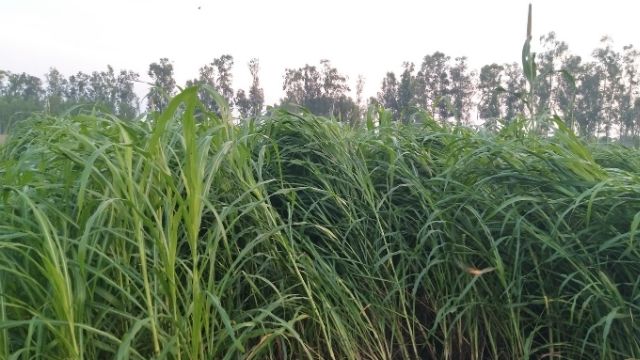
Napier grass can give you 25 tons of dry matter per hectare under good management. It has many cultivars and varieties available for you. The common types of Napier grass in Kenya include;
- French Cameroon,
- Bana grass,
- Kakamega 1
- Clone 13
- Pakistan Hybrid.
Related:
You can plant cane cuttings or splits to establish. Harvest it when it is about one meter long. Cut it 5 cm from the ground. To avoid wastage, chop it into small pieces of about 5 cm when feeding your animals. You can also preserve it by making silage.
It is good in preventing soil erosion and can act as a windbreaker. However, it is a heavy feeder and takes a lot of soil nutrients. You will require a lot of manure and fertilizers to get high yields. Intercrop it with a leguminous fodder such as desmodium
Maize fodder
Maize is a warm-season cereal crop that is commonly grown in Kenya. Maize can also be used as a forage crop and is a good source of high-quality forage for livestock. Maize fodder is usually cut and stored as silage for use during the dry season when there is a shortage of forage. Maize is also tolerant to drought and can grow well in a wide range of soil types.
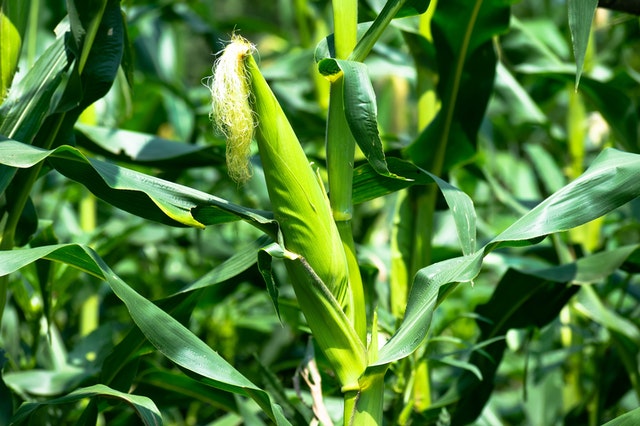
Plant the early maturing maize varieties in cold highlands that are prone to occasional frost. Its seed bran can be used to formulate animal feeds. To produce maize fodder, you need KES 45000. If well managed, you can make 15-20 tons of fodder.
Brachiaria grass
Brachiaria is the most nutritious fodder grass in Kenya. It is preferred for its higher milk production and quality meat. You can feed it to animals directly after a cut or conserve it as hay or silage. Research indicates it can produce 6-12 t/ha per year. It does well in areas with over 700 mm of rainfall and temperatures above 19 ° C. It is easy for animals to digest and contains 9-20 percent protein content.
Under fertile soils, climate conditions, and perfect crop management, it can grow up to 1.5 meters. The crop resists soil erosion making it a good choice for ranches in Arid and semi-arid areas. Consider it as long-term fodder, for it can last, up to 20 years if well managed. You can propagate it using seeds, root splits or stem cuttings.
Boma Rhodes
Boma Rhodes is a type of Rhodes grass that is commonly used as a forage crop in Kenya. It is a perennial grass that can grow up to 2 meters tall and has a high leaf-to-stem ratio, making it a good source of high-quality forage for livestock. Boma Rhodes is usually planted in the rainy season and can be grazed or cut for hay or silage. It is also tolerant to low soil fertility and can grow well in a wide range of soil types. Boma Rhodes is usually cut and stored as hay for use during the dry season when there is a shortage of forage
The common practice is to mix various grass types with some legumes for a more healthy hay. You can also grow other indigenous and improved grass types. The major indigenous grass type species are Maasai Love grass, African foxtail, Bermuda grass and Tanzania Guinea Grass. On the other hand, exotic fodder grass types are the Brachiaria, horsetail and Chloris
Sorghum Fodder
Sorghum is a warm-season annual grass that is commonly grown as a cereal crop in Kenya. Sorghum can also be used as a forage crop and is a good source of high-quality forage for livestock. Sorghum fodder is usually cut and stored as hay for use during the dry season when there is a shortage of forage. Sorghum is also tolerant to drought and can grow well in a wide range of soil types.
It is suitable for marginal areas. It is high-yielding, drought resistant and suitable for silage making. Another advantage of the E6518 fodder sorghum is its regrowth after cutting.
Barley and Oats
Oats are a cool-season annual grass that can be grown as a forage crop in Kenya. Oats are usually planted in the rainy season and can be grazed or cut for hay or silage. Oats are a good source of high-quality forage for livestock and can be used to supplement other forage crops during the dry season when there is a shortage of forage. Oats are also tolerant to low soil fertility and can grow well in a wide range of soil types. You can also consider wheat and barley in place of oats.
Nandi Setaria
Nandi Setaria is a high-yielding, fast-growing, and drought-resistant grass that is commonly used as a forage crop in Kenya. It is a perennial grass that can grow up to 2 meters tall and has a high leaf-to-stem ratio, making it a good source of high-quality forage for livestock. Nandi Setaria is also tolerant to low soil fertility and can grow well in a wide range of soil types. It is usually planted in the rainy season and can be grazed or cut for hay or silage
Kikuyu Grass
Kikuyu grass is a warm-season perennial grass that is native to East Africa and is widely used as a forage crop in Kenya. Improved Kikuyu grass is a cultivar that has been bred to have better yield, quality, and persistence than the traditional Kikuyu grass. It is a fast-growing grass that can be grazed or cut for hay or silage. Improved Kikuyu grass is also tolerant to drought and can grow well in a wide range of soil types. It is usually planted in the rainy season and can be grazed or cut for hay or silage [Source: Kenya Agricultural and Livestock Research Organization.
Best Fodder Trees in Kenya
Looking to grow fodder trees for your animals? Below are the best fodder trees in Kenya; Lucerne tree, Sesbania sesban, Caliandra, Grevillea and Mulberry tree
Mulberry Tree
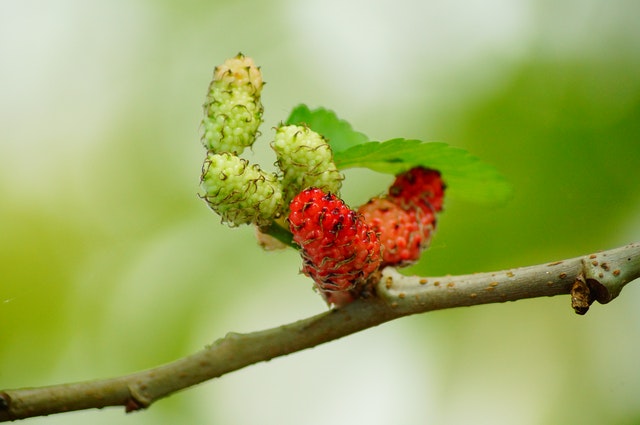
It was traditionally used to feed silkworms as early as 3500 BC. Today the fodder crop is nice for dairy goats. It can grow as a shrub or left to grow as a tree.
Under good management, the fodder crops yield 35-45 tons of fresh leaves per hectare in a year. The shrub offers twice the number of proteins present in Napier grass. In addition, you can grow mulberry for the fruits that you can use to flavor food.
The tree is easily propagated from cuttings.
Calliandra
The multi-stemmed shrub is good for healthy animals, with thick milk and good fat. It can be fed to cattle, sheep, pigs, rabbits, and poultry. Its leaves and pods are rich in protein.
For conservation, you can dry the shrubs in the shade to preserve nutrients. The fodder crop can also be used as fodder, fuel, fencing, and in improving soil fertility through the nitrogen fixation process. It can be planted on steep areas to prevent flooding and landslides.
Tree Lucerne (Tagasaste)
You can plant the fodder crop for your livestock, nitrogen-fixing and beekeeping. The seeds are used as an ingredient for processing poultry feed. It is a highly nutritional fodder with its crude protein ranging between 18% and 24%.
It grows in areas with an altitude of 1500-2500 Metres above sea level (m.a.s.l) and rainfall quantities of 600-1600 mm per year. In addition to being a rich protein fodder crop, you can plant it as a live fence and alongside other forage crops like grass or maize. You can grow this from seeds or seedlings.
Sesbania Sesban
sesbania sesban is a species of legume commonly known as Sesbania or Egyptian river hemp. It is a fast-growing tree that is native to Africa and is widely cultivated in Kenya as a fodder tree. Sesbania is a fast-growing, nitrogen-fixing tree that can be used as a fodder crop for livestock. It is a good source of protein and other nutrients and can be used to supplement other feed sources. The tree is also useful for soil conservation and erosion control and can be used as a source of firewood and timber.
Grevillea
Grevillea is a fast-growing tree that can be used as a source of fodder for livestock. It is drought-resistant and can grow in a wide range of soils, making it a suitable option for farmers in arid and semi-arid areas. Grevillea is a versatile plant that can also be used as a valuable fodder crop. Although it is primarily known for its ornamental qualities, some species of Grevillea have been found to be suitable for livestock forage purposes. Grevillea foliage is known for its high protein content, making it a potential source of nutrition for grazing animals.
Which are the best Legume fodder crops in Kenya
In addition to fodder trees and fodder grasses, you can also grow legume fodder crops. You can grow them as a companion crop with grass or do it for crop rotation. The best legume crops in Kenya are desmodiun. alfalfa and lupin.
Lucerne (Alfalfa)
Lucerne, also known as alfalfa, is a popular fodder tree in Kenya. It is a perennial legume that provides highly nutritious leaves and stems for livestock. Known for its high protein content and digestibility, lucerne is particularly beneficial for dairy cows, goats, and sheep, boosting milk production and overall animal health. The plant’s ability to fix nitrogen from the air improves soil fertility
Lupins
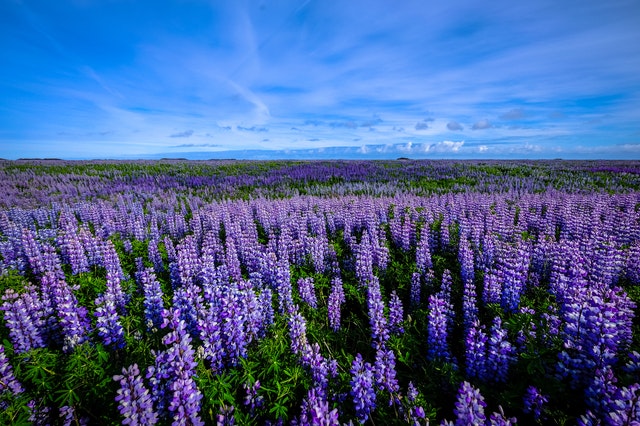
Bitter and sweet lupins are a good source of protein and other nutrients, and can be used to supplement other feed sources. However, the adoption of lupins as a feed source in Kenya is low among dairy farmers in Kenya. It is a common raw material in animal feed processing. You can march the vines for good soil fertility by fallowing it back on land, crop rotation and cover crops.
Desmodium
Intercrop Desmodium with Napier grass. It is rich in protein which will increase your milk yields. As a weed plant in Napier gras farms, Desmodium use in promoted in push and pull method, an organic farming method to control weed growth and soil water retention.
Common Vetch
The fodder crop is a climber legume plant that grows well in areas between 2190 and 2280 m.a.s.l. It is common in areas receiving 800-900 mm of rainfall per year and temperatures of 4.3- 21.1° C. Other features of the fodder are its fast growth habit and prolific seeding giving it high biomass for your livestock. According to KALRO, it needs around KES 20,000 to establish. Its returns are high with a group of 20 farmers having made around Kes 3 million from sale of hay and seeds. One stand can make 100-150 bales of vetch hay.
Sweetpotato vines
Sweetpotato vines can improve milk for your cows. The creeping legume plants are usually planted for its tubers. The plant regrows quickly and is highly prolific. As a perennial plant, you can use the cover crop for long periods of time. According to KALRO, it will take KES 30,000 to establish sweet potato vines in an acre of land.
Read Next: Tips for Successful Dairy Farming in Kenya
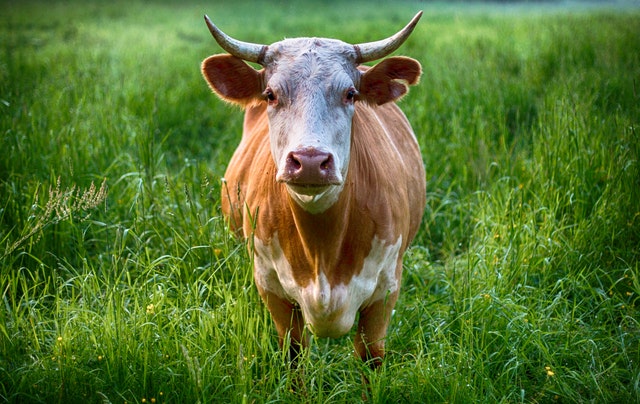

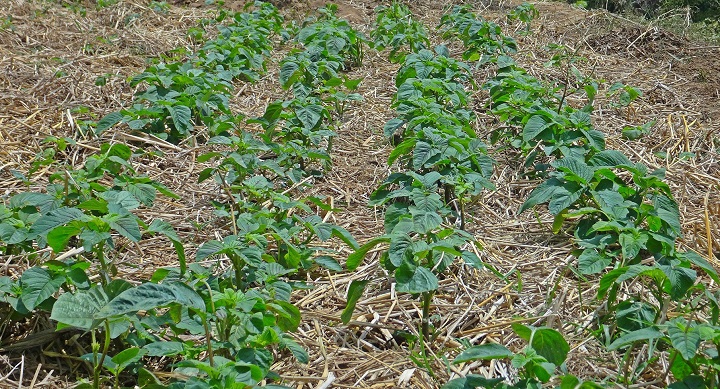
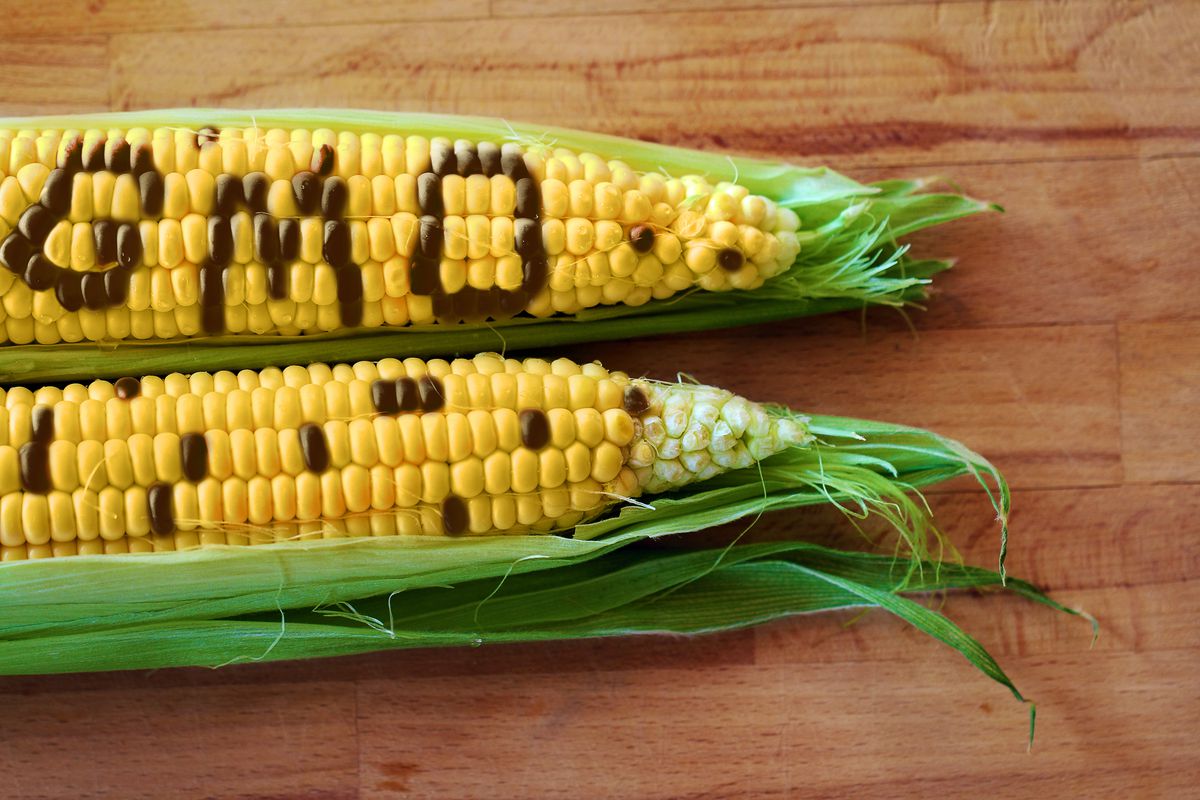
Good information, where can I get them